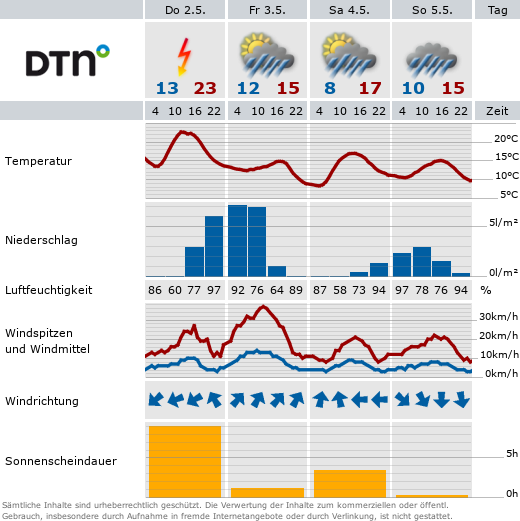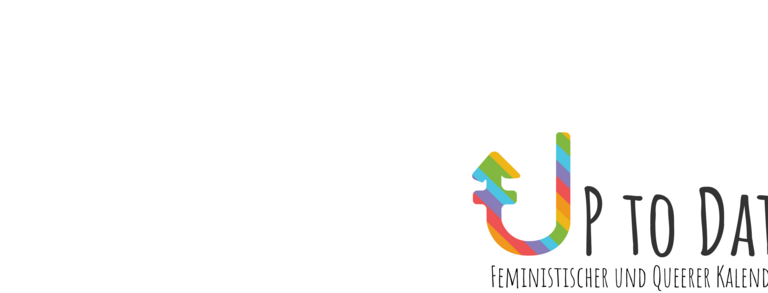Feminist fight day - International Women's Day - Women's* Fight Day
March 8 is known by many names: International Women's Day, Women*s Fight Day or Feminist Fight Day. A day to strike, celebrate, protest, fight and be loud. And to focus on what still needs to be done to abolish patriarchal and sexist structures.
A brief history of International Women's Day
The United Nations recognized International Women's Day as an official day of action and celebration in 1977 (UN 2021). However, International Women's Day has its roots in the days of the workers' movements at the beginning of the 20th century. In 1908, women's rights activists in the USA called for the first "Women's Day", on which they demonstrated for women's suffrage (bpb 2020). On August 27, 1910, the German socialist politician and women's rights activist Clara Zetkin proposed the introduction of an International Women's Day at the Second International Socialist Women's Conference in Copenhagen. This took place for the first time on March 19, 1911 in four European countries and the USA and became increasingly important in the following years (DGB 2021). In 1913 and 1914, International Women's Day was also a day of protest against the war. Women in Russia now also took part. On March 8, 1917, a strike by women at the Petrograd arms factory Putilov followed, which led to the Russian February Revolution.
For an intersectional feminism
The national and international fights against gender inequality, stereotypes, prejudice, violence and oppression take place every day of the year. March 8 is intended to make these struggles more visible and draw attention to existing discrimination against women - especially women who are marginalized in multiple ways, such as black women, disabled women, female refugees , muslim and jewish women, trans* women and women of color. At the same time, people outside the gender binary , such as inter* and non-binary people, are also affected by sexism and patriarchal power structures.
The feminist agenda is long
Old demands for equal pay for equal work and for an equal distribution of unpaid care work remain relevant (Rudnicka 2023; DIW 2022; bmfsfj 2019). Women continue to come up against glass ceilings in their careers and are more likely to work in precarious employment in systemically relevant professions (Statistisches Bundesamt 2023; Koebe et. al 2020). Women with a migration background are disproportionately precariously employed (Aldashev et. al 2008; Becker 2017; Khalil et. al 2020). Women are also still more frequently affected by poverty in old age (Schlapeit-Beck 2022).
There is also a fight to end sexualized violence and harassment. This includes femicides in particular, i.e. when women are murdered because of their gender. Perpetrators here are particularly ex-partners and partners (bpb 2022). Trans* women are also affected by gender-based violence, but are often not recorded statistically (bpb 2022). In addition, ritual violence such as female genital mutilation and sexualized violence in wars remain important issues.
The recognition of reproductive rights and free access to abortion remains another key demand. Paragraph 218 is still in the German penal code, protests are organized in front of abortion clinics and doctors who perform abortions are threatened (Keßel 2022). Internationally, the examples of Poland and the USA show that reproductive rights, once fought for, can be taken away again (Brandt 2022). At the same time, however, progress is also being made: the ban on so-called "sidewalk harassment" has been in force in Germany since 2024. The changes to the law are intended to protect pregnant women who visit medical facilities or advice centers from assault (bmfsfj 2024).
In addition, less visible issues such as the gender data gap, i.e. the gender-related distortion of data, are being brought into focus. In medical care, for example, the gender data gap leads to incorrect doses of medication being administered to women and diseases remaining undetected because studies on the effectiveness of medication and diseases were only or largely carried out on men (Kohler 2022).
The list goes on, for example, with the gender bias in history, art and literature, the lack of representation of women in political office, the lack of equality in education and science and the gender-specific effects of war, pandemics, economic production conditions and climate disasters.
Feminist resistance to political and social change
Today, on March 8, the resistance against sexism and patriarchal oppression is evident worldwide. In Dortmund, too, there is space to celebrate, protest, discuss and learn on and around March 8. At TU Dortmund University, for example, various events are organized by the AStA, Theater Dortmund invites you to a feminist theme day entitled "Patriarchat grillen!" and a festival is held in the town hall, which also celebrates 40 years of gender equality in Dortmund.
Last updated: March 2025
Sources (in German)
- Aldashev, Alisher; Gernandt, Johannes; Thomsen, Stephan L. (2008): The Immigrant Wage Gap in Germany. ZEW Discussion Paper No. 08-089.
- Becker, Karina (2017): Migrantische Dienstleisterinnen in deutschen Haushalten. Erwerbsarbeit mit familiärer Arbeitsorientierung. In: Baron D.; Hill, P. (Hrsg.): Atypische Beschäftigung und ihre sozialen Konsequenzen. Springer. P. 75-94.
- Brandt, Mathias (2022): Wo Schwangerschaftsabbrüche (nicht) erlaubt sind. Statista. Last accessed 27.02.2023.
- Bundesministerium für Familie, Senioren, Frauen und Jugend (bmfsj, 2025): FAQ: Verbot von Gehsteigbelästigungen gegenüber Schwangeren. Last accessed 05.03.2025.
- Bundesministerium für Familie, Senioren, Frauen und Jungend (bmfsf, 2019): Gender Care Gap - ein Indikator für die Gleichstellung. Last accessed 28.02.2023.
- Bundeszentrale für politische Bildung (bpb, 2022): Femizide und Gewalt gegen Frauen. Last accessed 27.02.2023.
- Deutsches Institut für Wirtschaftsforschung (DWI, 2022): Gender Care Gap. Last accessed 28.02.2023.
- Keßel, Alexander (2022): Dortmund: Aufruhr vor Abtreibungsklinik - abscheulich, was sich hier abspielt. Der Westen. Last accessed 27.02.2023.
- Khalil, Samir; Lietz, Almuth; Mayer, Sabrina J. (2020): Systemrelevant und prekär beschäftigt: Wie Migrant*innen unser Gemeinwesen aufrechterhalten. Deutsches Zentrum für Integrations- und Migrationsforschung. Last accessed 28.02.2023.
- Koebe, Josefine; Samtleben, Claire; Schrenker, Annekatrin; Zucco, Aline (2020): Systemrelevant und dennoch kaum anerkannt: Das Lohn- und Prestigeniveau unverzichtbarer Berufe in Zeiten von Corona. Deutsches Institut für Wirtschaftsforschung/DIW. Last accessed 28.02.2023.
- Kohler, Claudia (2022): Datenlücke in der Medizin: Frauen noch immer im Nachteil. Bayrischer Rundfunk. Last accessed 27.02.2023.
- Rudnicka, J. (2023): Frauenanteil in den Aufsichtsräten der 100 bzw. 200 größten deutschen Unternehmen von 2006 bis 2022. Statista. Last accessed 29.02.2023.
- Schlapeit-Beck, Dagmar (2022): Altersarmut ist weiblich. In: zwd Politikmagazin. Last accessed 27.02.2023.
- Statistisches Bundesamt (2023): Gender Pay Gap. Last accessed 28.02.2023.





